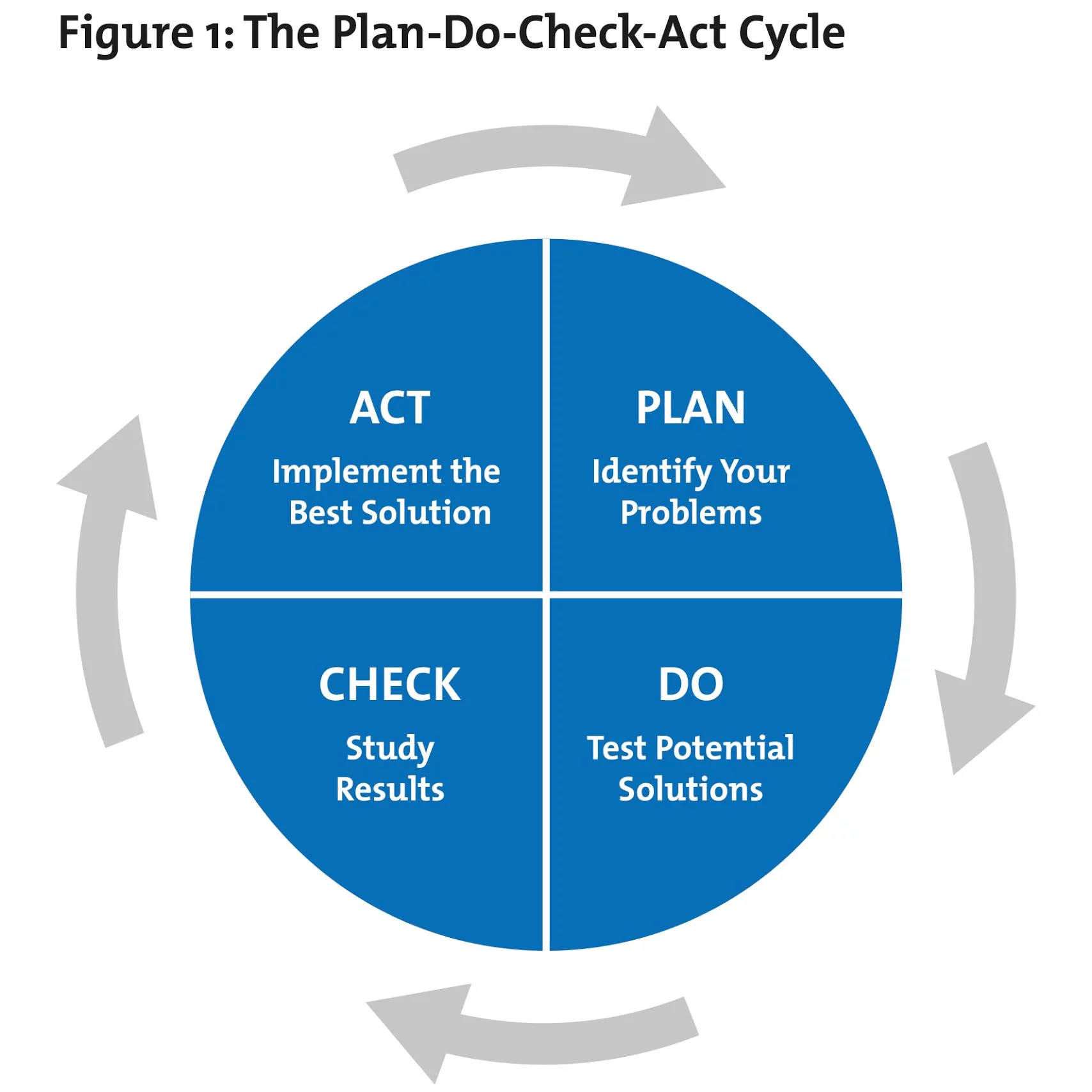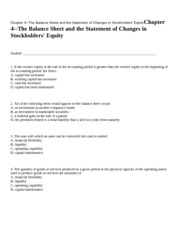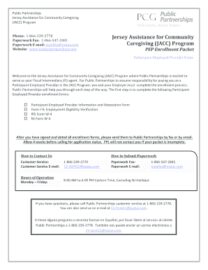Content
Companies that use semimonthly pay give employees 24 paychecks per year. Whether a business’s employees are salaried or hourly, it will likely make sense for them to choose one pay frequency over the other. For example, it can be more difficult to process the paychecks of hourly employees on a semi-monthly https://investrecords.com/the-importance-of-accurate-bookkeeping-for-law-firms-a-comprehensive-guide/ basis than on a bi-weekly basis. Because hourly wages are easier to calculate on a bi-weekly basis, as each paycheck accounts for the same number of days. Conversely, semi-monthly paychecks will vary in the number of days they include, making it more challenging for whoever handles the company’s payroll.
The key difference between biweekly and semi-monthly pay lies in how often pay dates occur. Biweekly pay dates occur every other week, and semi-monthly pay is paid out on two specific dates a month (e.g. every 5th and 20th of the month). Employees who are paid bi-weekly receive their wages the same day each period. For instance, you continuously pay your employees every other Friday, so on the same day each pay period, you run payroll. A semimonthly pay has a flexible structure, unlike weekly, biweekly, or monthly pay schedule. Its structure allows the salary expenses to be adjusted easily into the expected budget.
Biweekly vs. Semimonthly
Band of Hands keeps it simple, but offering a full suite of payroll services that accommodate any pay frequency at $10/week. This $10/week also includes full HR Support, compliance, onboarding, hiring services, and handling of unemployment and workers comp claims. Handling the payroll for biweekly salaried employees and semi-monthly salaried employees presents a difference in how they are processed.
You will need to make sure you have enough money in your payroll account to cover the additional expenses of the 2 paychecks, since it’s not a cut and dry monthly equation. Before choosing, keep in mind that states regulate how often employees must be paid and some states may not allow ceretain pay frequencies. Businesses should check with their state before choosing how often to run payroll. Two popular, yet easily confused, pay periods are biweekly and … When a semimonthly payroll is used, processing steps constantly shift around among different days of the week, since the pay date is not fixed on a specific day of the week.
Impact on Benefits and Deductions
Deciding on a pay frequency for a small business is an important decision. Pay frequency determines how often the business must process payroll and when employees receive their paychecks. law firm bookkeeping There are four common pay period options, including weekly, biweekly, semimonthly, and monthly. Two popular, yet easily confused, pay periods are biweekly and semimonthly.
In a semi-monthly system, employees provide a payroll calendar which contains the time cards that should be filled and submitted within each period. Since some months have 30 and others 31 days, employees in the semi-monthly hourly salaried system will often receive payments for different numbers of days. The definition of bi-weekly payroll is a payment schedule where employees receive their paycheck on a specific day of the week, every two weeks. For example, a business operating a bi-weekly payroll schedule might pay its employees every other Friday, irrespective of when one month ends or a new one begins. In a calendar year of 52 weeks, such a schedule will mean the business pays its employees 26 paychecks per year or 27 paychecks in a leap year.
How Horizons Can Help You Manage Your Global Payroll
Usually, the employers distribute pay checks on Fridays sticking to the same day every pay week. Thus, in this pay period, the employee receives 26 pay checks annually. If an employee earns a fixed amount or is salaried, the pay check received will be of the same amount every time it is received.
This helps them in budgeting their finances and making proper plans for the future. When discussing the semi-monthly vs bi-weekly payroll, it is important to check the pros and cons of the biweekly pay period as well. Whether a person is a non-salaried full-time employee, the same figures hold true. The only difference between bi-monthly and semi-monthly pay periods is that each paycheck amount gets adjusted including time off or overtime took in a specific pay cycle. According to the Bureau of Labor Statistics, 36.5 percent of employees are paid biweekly.
Choosing your payroll provider
Lack of Consistency- Another con of this payroll schedule is its lack of consistency which can prove to be a turnoff for employees and businesses. In this case, payroll gets processed on a different weekday, the employee who is running payroll seems to lose track of this responsibility. Slightly Confusing- This payroll schedule is slightly confusing especially when running it for hourly employees. Things further complicate when overtime pay is earned by the employees. It can prove to be demotivating for the employees who have to spend hours together on their job to earn the money necessary to meet their various expenses. It is prudent to understand here that whether a salaried employee is paid biweekly and semi-monthly, it will leave no impact on the annual pay drawn by you.
- However, there are two months in the year where employees who are paid bi-weekly receive three paychecks in a month.
- A semimonthly would be a great choice for an entrepreneur who wants to put the same amount of money into their payroll each month.
- Bi-weekly pay equates to smaller paychecks per pay period, but there are more pay periods than with a semi-monthly payroll system.
- Following a semi-monthly pay-schedule has its own advantages and benefits.
- Thus, in this pay period, the employee receives 26 pay checks annually.
- Many people stick with the traditional 1st and 15th but it’s possible to choose other dates if they make more sense for you financially.
In a bi-weekly approach, the employee is paid after every fortnight while in the semi-monthly approach payments are done twice a month this can be on the 15th and last date of a month. As noted, the first benefit holiday will occur on December 30th, 2022. That means you will receive three paychecks in December, the third of which will not include flexible benefit (i.e. healthcare) deductions.








